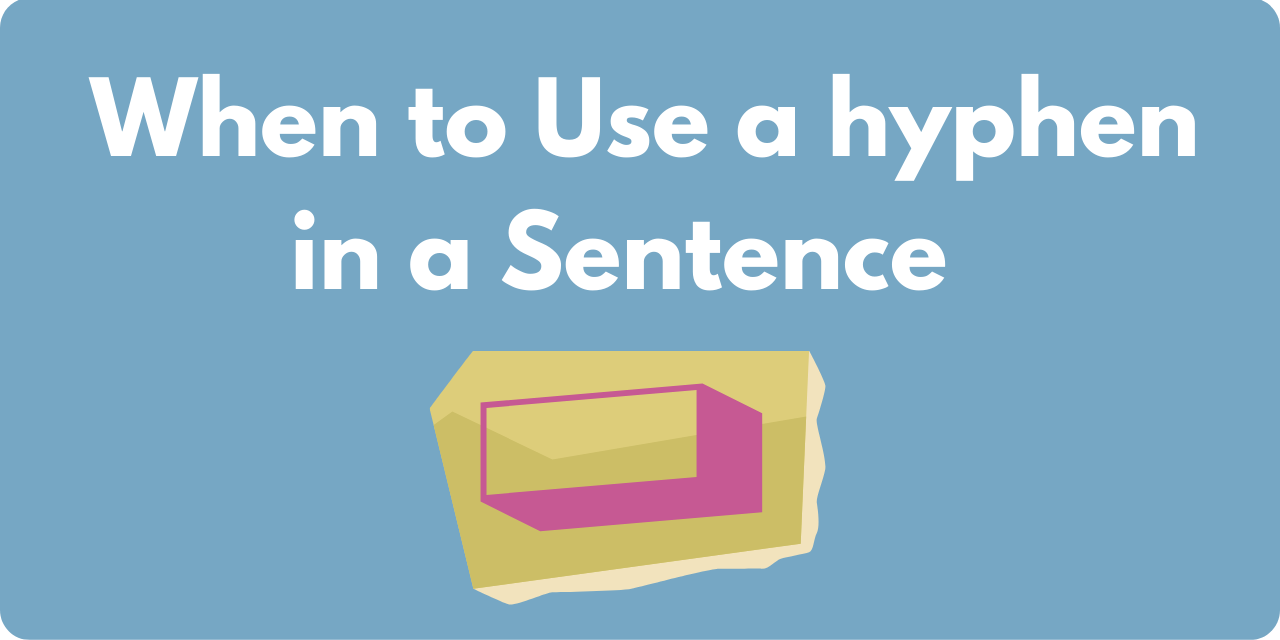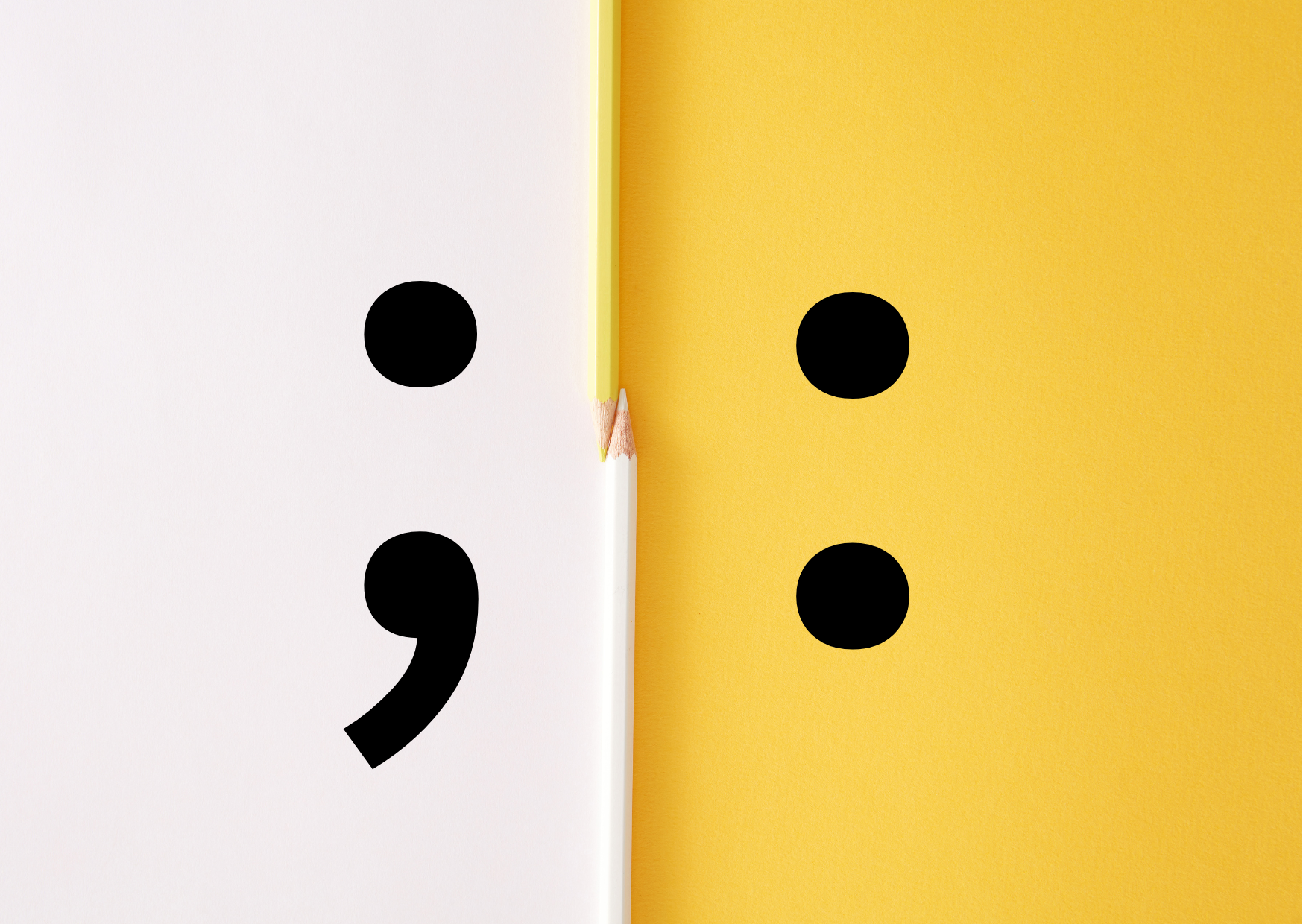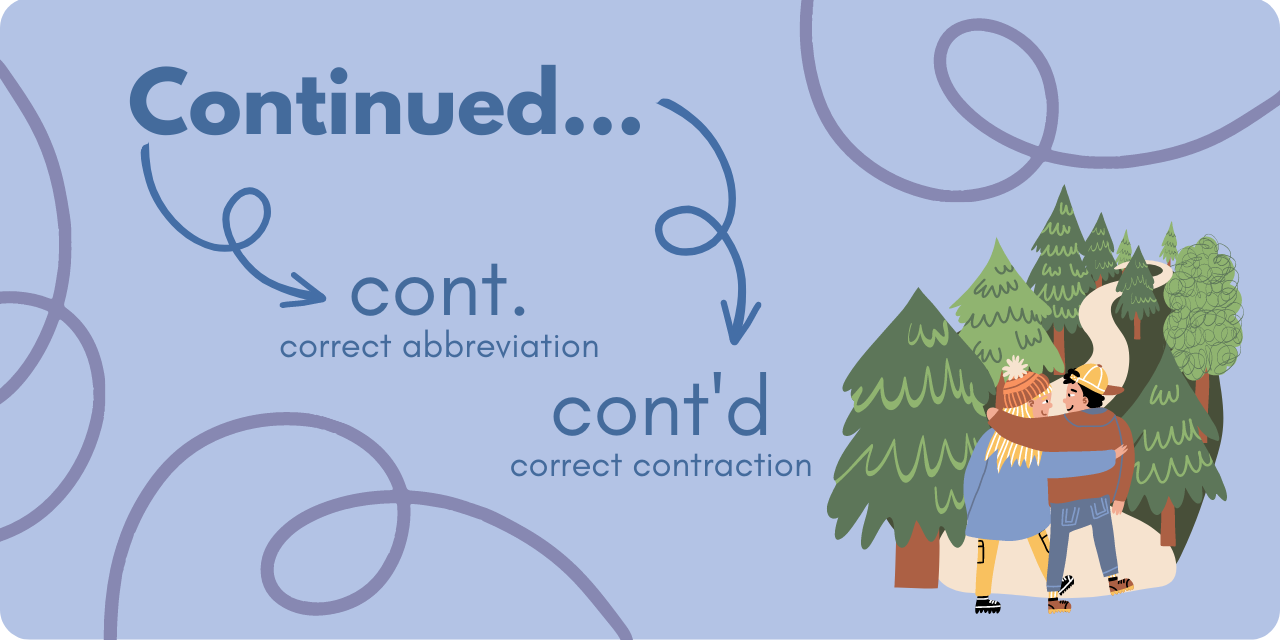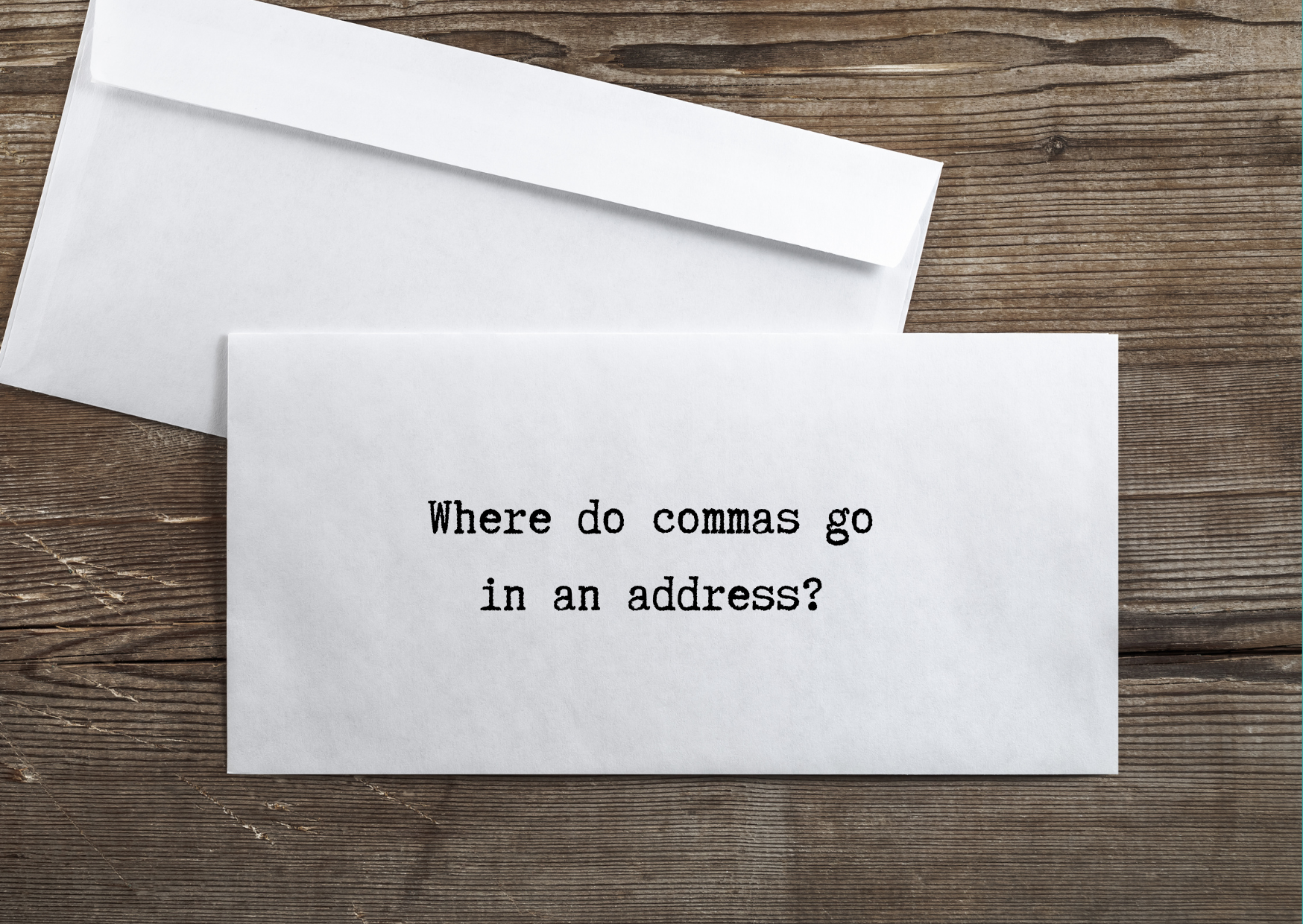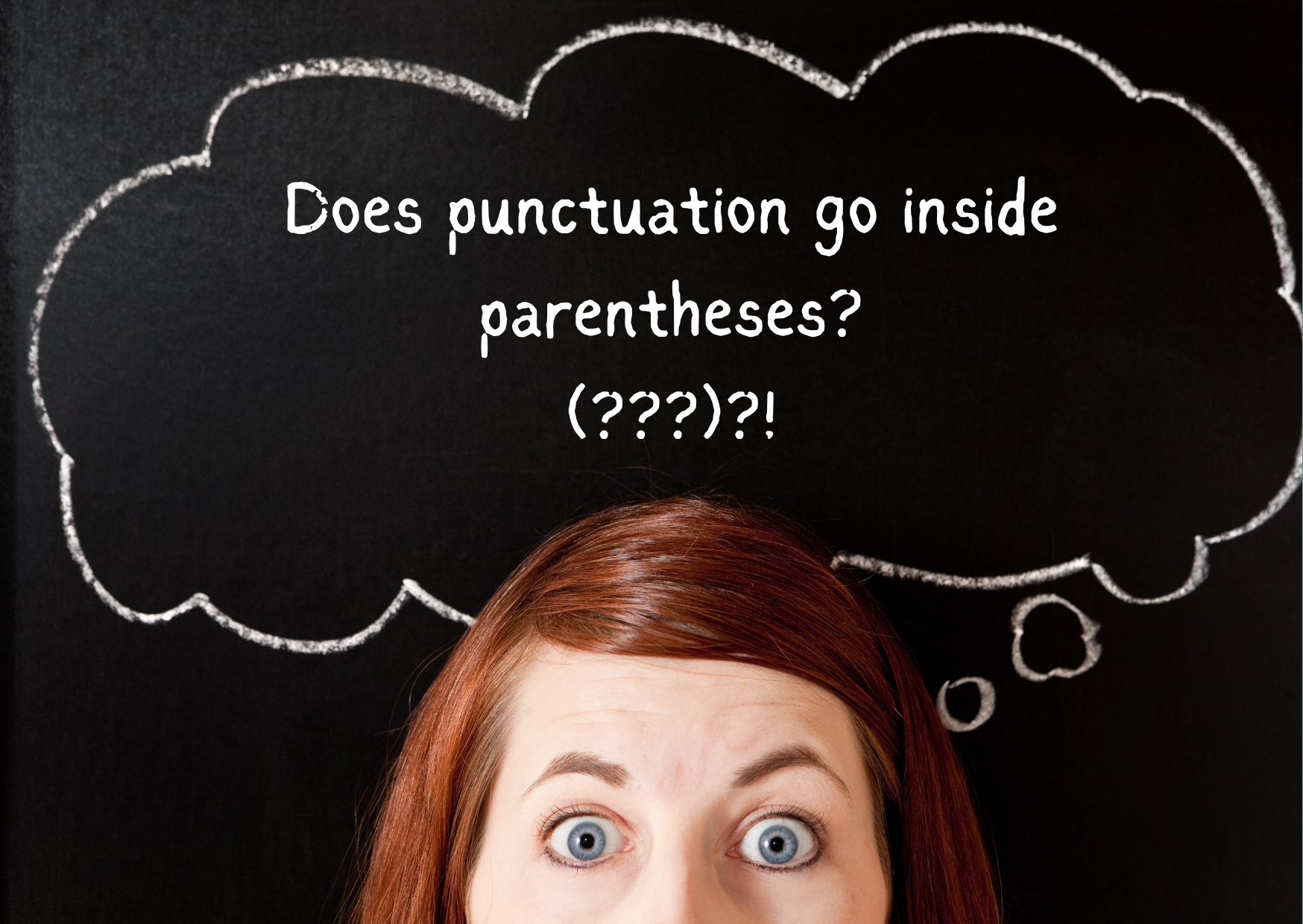In all the classes on grammar and punctuation I teach, the punctuation mark that causes the most confusion is the apostrophe. It’s the little mark used to show possession:
one employee’s house
two employees’ cars
I have already written Apostrophe Help Please! and More Apostrophe Help! This post is for those who just KNOW there must be more to it. There is. There is the use of apostrophes to form plurals, like these:
- She is hoping to get three A’s.
- I have used too many I’s in this letter.
- Are the girls wearing pj’s?
- Be sure to dot the i’s.
- He regularly emails bcc’s to his manager.
- I confused the which’s and that’s in this proposal.
Typically plurals are formed by adding s or es to a word. But in the very few circumstances when adding s or es might confuse readers, we use the apostrophe and an s.
In the examples above, readers might be confused about As, Is, pjs, is, bccs, whiches, and thats. The apostrophe makes the plural clearer.
In some of my seminars, I provide DO’S and DON’TS. In a recent writing class, someone objected to the word DO’S. In her view, the apostrophe was unnecessary. I had been using the apostrophe in DO’S so readers would not be confused by DOS, the operating system or the Spanish word for “two.” However, I have since decided to use DOS whenever I pair it with DON’TS.
Part of today’s confusion comes from the past. When I was growing up, apostrophes were used much more commonly to form plurals–in expressions such as VIP’s, 1940’s, and in the 30’s (temperature). But now all those are rendered without the apostrophe, as VIPs, 1940s, and 30s.
In your writing, you will almost never need an apostrophe to form a plural. So don’t write something like this: “All the employee’s have arrived.” It should be simply employees.
Rule: Mind your p’s and q’s, but use apostrophes for plurals rarely!
Lynn
_______________________________________________________
Other search spellings: pnctuation, punctuaion, punctuaton, punctiaton, puncation, punctaiton, punctation, posessive, possesive, apostrphe

